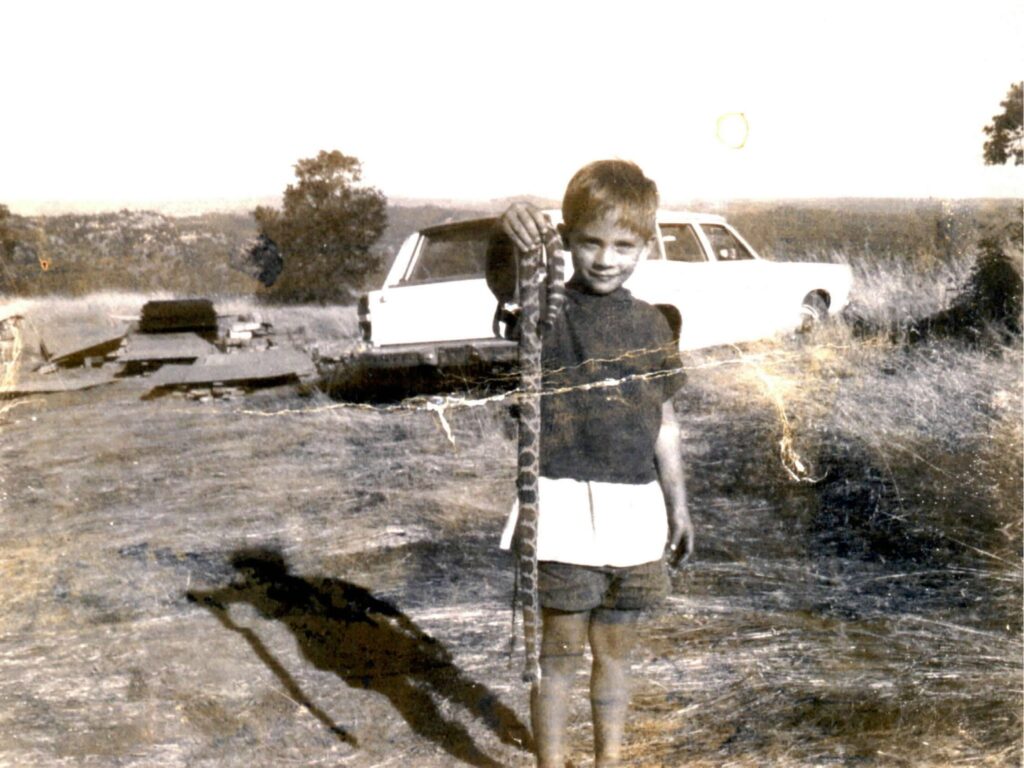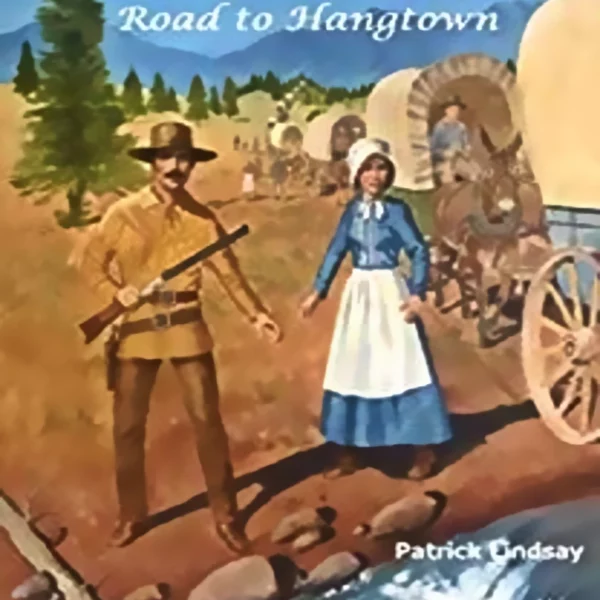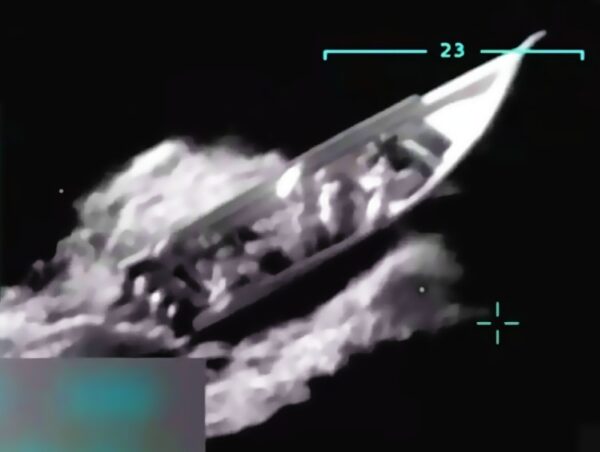
I lived in Rescue in the mid '70s
By Cris Price, Feature Writer
El Dorado County, California
In the oak-dappled hills of El Dorado County, where the land rolls like a hymn and the past hangs in the pine-sweet air, there lies a small town with a name that echoes louder than most: Rescue.
It’s not the kind of name you give by accident. And if you ask the locals—or those who remember their grandparents’ stories—you’ll hear whispers of a time when a handful of determined men left safety behind to do the unthinkable: save the lost souls of the Donner Party.
This is not just California history. This is California legend.
A Winter to Swallow Men Whole
The year was 1846, and snow had fallen like God was angry.
The Donner Party—more than 80 pioneers chasing dreams of California’s golden promise—found themselves trapped in the Sierra Nevada by an early, merciless snowstorm. Wagons froze in place. Livestock perished. Hope dwindled. And when the food ran out, what happened next became one of America’s darkest frontier tales: cannibalism, desperation, and death.
But where some stories end, ours begins.
The Call Heard in the Foothills
Down the mountain, past the frozen rivers and into the Sacramento Valley, the news reached Sutter’s Fort. A rescue was needed. Not someday. Now.
Enter the Mormon Battalion—veterans of the longest infantry march in U.S. history, men who had crossed deserts, fought disease, and were building a new life in the shadow of gold fever. These were not wealthy men. They were not fortune seekers. They were men of faith and grit.
Hearing of the stranded pioneers, a group of these Mormon settlers—some with their families newly settled in the El Dorado foothills—stepped forward.
They formed what history now calls the First Relief Party.
Supplies were packed. Snowshoes were carved from raw wood. And in February 1847, they went where most men wouldn’t: up, into the white jaws of the Sierra.
The Place They Left Behind
Before they braved the storm, legend says the men made their final supply stop at a small rise of land above Weber Creek, where the trees open just wide enough to let a man gather his breath and steel his soul.
The name Rescue was given to that place not for what happened there—but for what came from it.
From that hillside, mercy rode out.
Fact and Folklore, Side by Side
Historians, cautious as they are, note that the naming of Rescue may not be officially recorded until some years later. But in oral histories—those passed from campfire to church pew to schoolhouse desk—the connection stands firm.
In El Dorado County, the story isn’t just about what happened to the Donner Party. It’s about who stepped up when they didn’t have to. Who turned from plow and pickaxe to face the storm. Who said: not on our watch.
A Name That Means Something
Today, Rescue is a quiet place—no stoplights, just long roads, tall oaks, and neighbors who wave when they pass. It’s easy to miss, unless you’re looking for something deeper than gold.
But its name still holds weight.
It tells the story of a handful of men who could have looked away—but didn’t. Who answered a call not with words, but with action. Who carved a trail of mercy through snow and silence.
And in doing so, they gave a name to a place where courage and compassion found a home.
They called it Rescue.
Read More:
Sutter’s Mill brings the LDS Pioneers to El Dorado County Before the Gold Discovery
Rediscovering the Mormon Emigrant Trail: El Dorado County’s Historic Passage Through the Sierra
Hwy 50 and the Historic Placerville to Lake Tahoe Wagon Road




I live in Rescue and this is the first time I heard how it was named. How cool (not to be confused with Cool, Ca. which is not far from Rescue).
But gold had not been discovered yet. This was the year before. Otherwise great story.
Your right Ken. The Mormon Battalion was not drawn here by the gold find. They were on the way back from the Mexican-American war in Socal. They came north and then turned right around the Bay Area. They were were odd jobs along the way to buy provisions. Wood was gold back then and one big enterprise hiring was John Sutter. Many people of the Mormon Battalion stopped and worked here in EDC, including working to build Sutter’s Mill – before the gold was found! This is why Mormons from the early period of our county have such a big footprint here. Even Sly Park was named after James Calvin Sly of the Mormon Battalion that passed by on their way home. About two miles from Log Springs, the road turns due east and follows what is now paved Mormon Emigrant Highway. Mormon Island that is now under the surface of Folsom Lake – with its cemetery relocated to dry land, are a few sign of the Mormon Battalion traveling through our county, before gold was a draw.